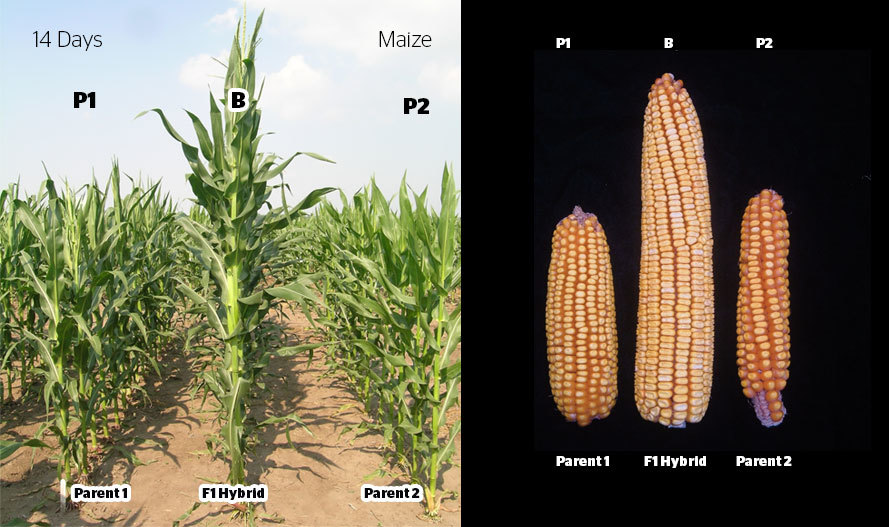Thanks SonsOfAvery,
(I like your 'knowledge is power' icon)
I had also wondered if it might be the very opposite of 'inbreeding depression'.
I'd like to offer these simple perspectives:
(1) Inbreeding is deadly (from a gene's point of view):
From the perspective of both:
(a) individual genes and
(b) the collective population of all genes
inbreeding is a _danger_ signal, it's potentially a terminal event leading to the imminent end
of this genetic line (in this generation or maybe one of the following generations).
i.e. Inbreeding signals the death of _all_ of the genes in this organism.
(2) Organisms & genes, regard death differently:
The 'individual' organism, created by genes, sees it's own longevity in terms of it's own lifespan.
But an individual gene, and the population of all genes... they live _across_
generations of organisms, many genes are ancient, and have been around for thousands or
perhaps millions of years. To them, generations of organisms are simply a vehicle for travelling
through time.
(3a) Parents turning genes on, in their children
Perhaps 'collective populations of genes' (i.e. in parents) are able to recognise, somehow,
via some genetic machinery, that inbreeding has occurred, or is occurring.
I imagine that this could occur for any parent that is inbred. If one parent, P1, is inbred, then P1 will
turn on certain genes, or onco-genes, in it's offspring that essential amount to 'put more effort
into reproduction' signal. We, of-course, regard this 'more effort' as 'hybrid vigor'.
(3b) Epigenetics: Children sensing that one or more parents are inbred.
If children were somehow able to detect that one or both parents were inbred, this might possibly
serve as a trigger to an epigenetic mechanism that results in the child investing more energy and
resources into reproduction.
(4) Synergistic effect of both parents being inbred
If parent P2 is also inbred, then we get the duplication of this 'put more effort into reproduction' signal.
Perhaps this double signal has a synergistic effect. A hypothetical example using 'corn' might be:
When P1 is inbred, and P2 is not inbred, then the P1XP2 hybrid corn is 4 inches taller than the tallest parent.
When P1 is not inbred, and P2 is inbred, then the P1XP2 hybrid corn is 4 inches taller than the tallest parent.
When P1 is inbred and P2 is inbred, then the P1XP2 hybrid corn is 12 inches taller than the tallest parent.
So the effect of the dual signal is more than the addition of two signals.
And here's the punchline:
If you figure out which genes in the child are turned on by the parent (3a), or epigenetically (3b)
... and _if_ you could figure out how to turn these genes on artificially.... then you could get hybrid vigor
without first creating inbred lines. This means that you could get hybrid vigor without first inbreeding
separate strains and without first having to suffer the inbreeding depression. Further, you could use
strains of corn which have been specifically cross-bred for pest & disease resistance.
Suggestions, criticisms or questions...or left-field ideas... warmly welcomed.
cryptolab





